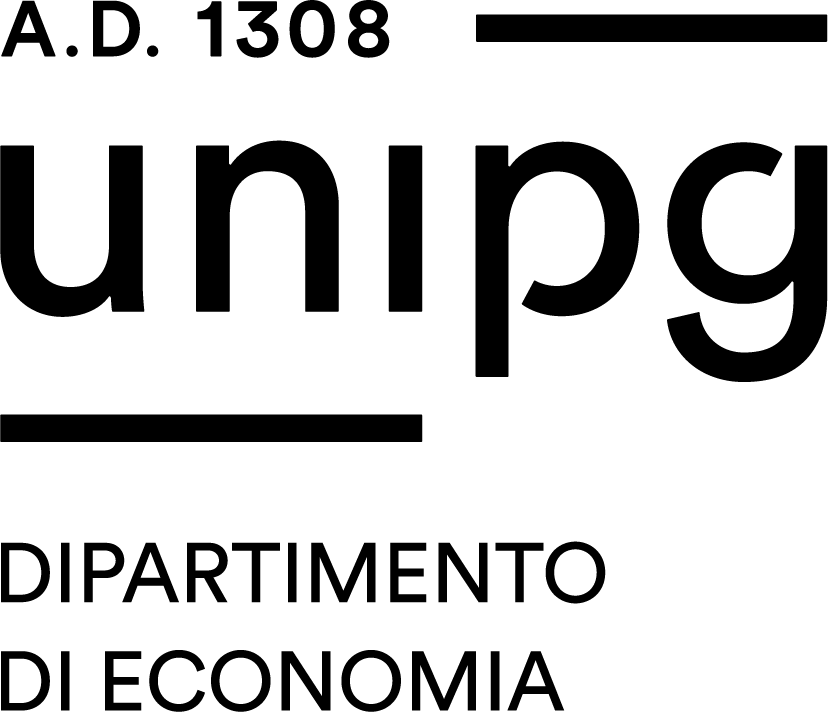Study-unit
| Course name | Safety engineering for the territory and the built environment |
|---|---|
| Study-unit Code | A003017 |
| Curriculum | Comune a tutti i curricula |
| Lecturer | Loris Lino Maria Nadotti |
| Lecturers |
|
| Hours |
|
| CFU | 5 |
| Course Regulation | Coorte 2022 |
| Supplied | 2022/23 |
| Supplied other course regulation | |
| Learning activities | Caratterizzante |
| Area | Ambito giuridico-economico |
| Sector | SECS-P/10 |
| Type of study-unit | Opzionale (Optional) |
| Type of learning activities | Attività formativa monodisciplinare |
| Language of instruction | Italian |
| Contents | Classification and measurement of corporate risks - Pure risks - Liquidity risk - Market risk - Credit risk - Operational risk - Risk assessment process - Risk management - The management and the allocation of capital - Operators behavior and risk management |
| Reference texts | Shefrin H. (2015), “Behavioral Risk Management: Managing the Psychology That Drives Decisions and Influences Operational Risk”, Palgrave Teaching tools provided by the teacher |
| Educational objectives | The course objective is to actively engage students in the discovery of the basic principles of catastrophe risk management, in order to help them achieve an adequate preparation to undertake immediately a successful path within this profession. |
| Prerequisites | No prerequisites are required |
| Teaching methods | Lectures and exercises in e-learning mode |
| Other information | During the course of lessons will be held interventions and seminars with operators in the financial and insurance sectors |
| Learning verification modality | Oral exam |
| Extended program | The course analyzes different ways that enterprises and financial intermediaries use to assess, monitor and transfer risks. This process, known as risk management, is becoming always more important within companies, due to the dynamics and the uncertainty that characterizes the market and the environment around them. Risk management has in fact the purpose of identifying the sources of risk and potential associated costs, trying to identify and implement the most appropriate restraint management strategy in order to minimize potential losses. |


